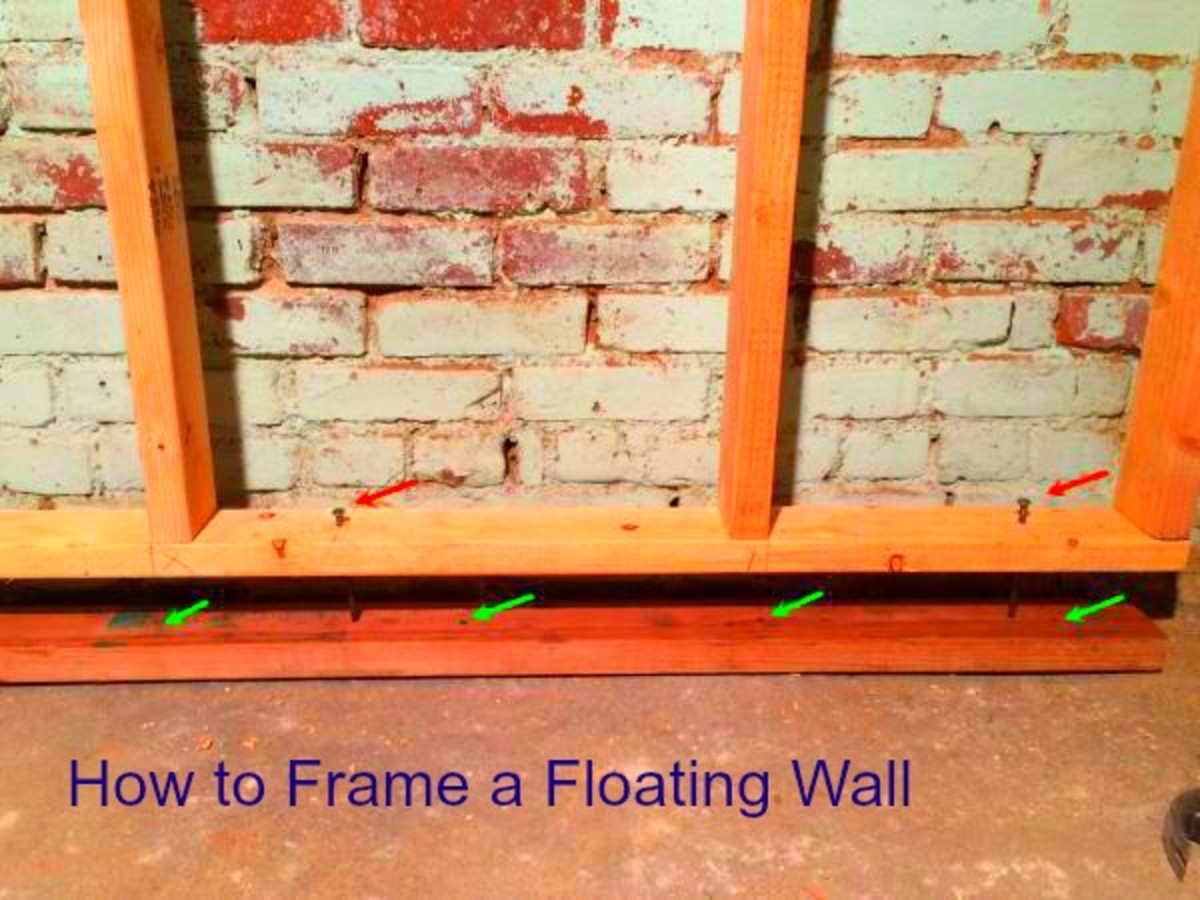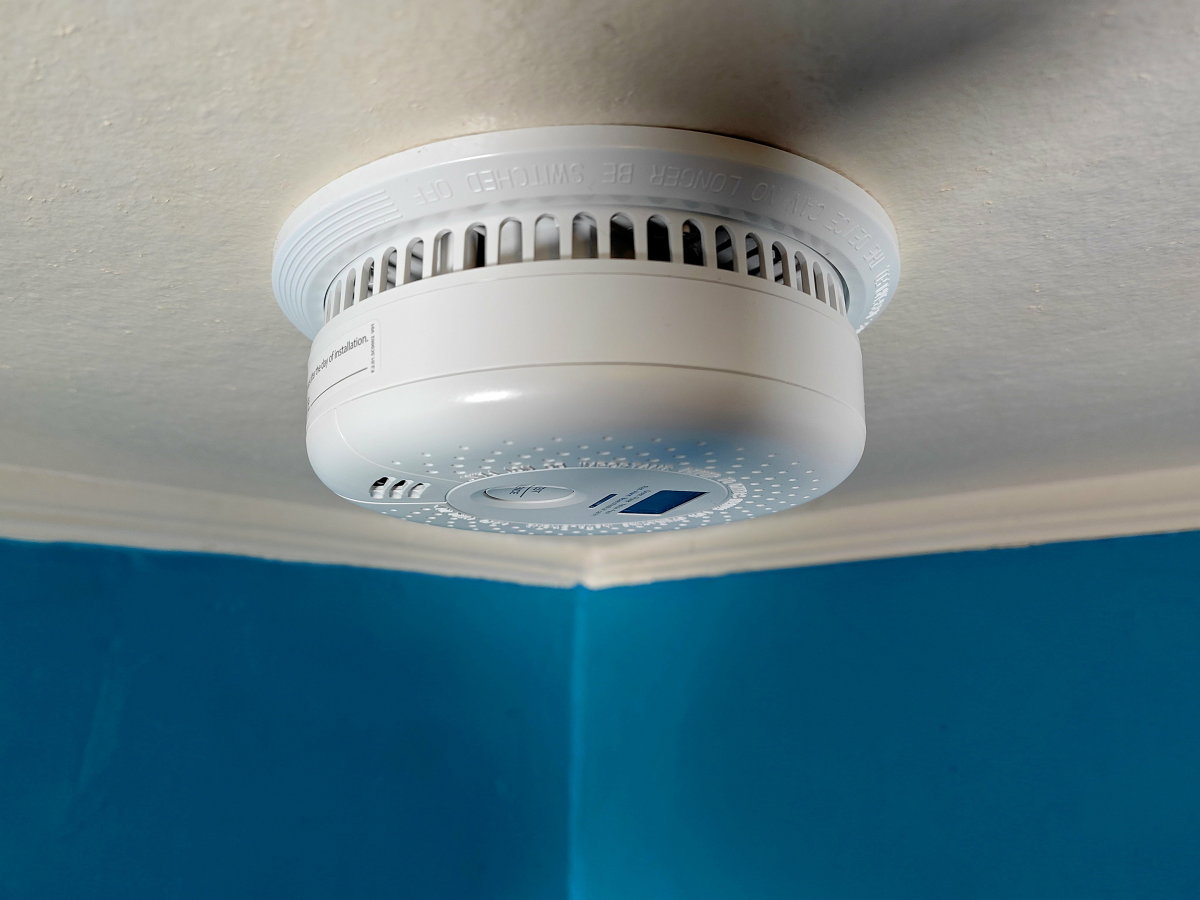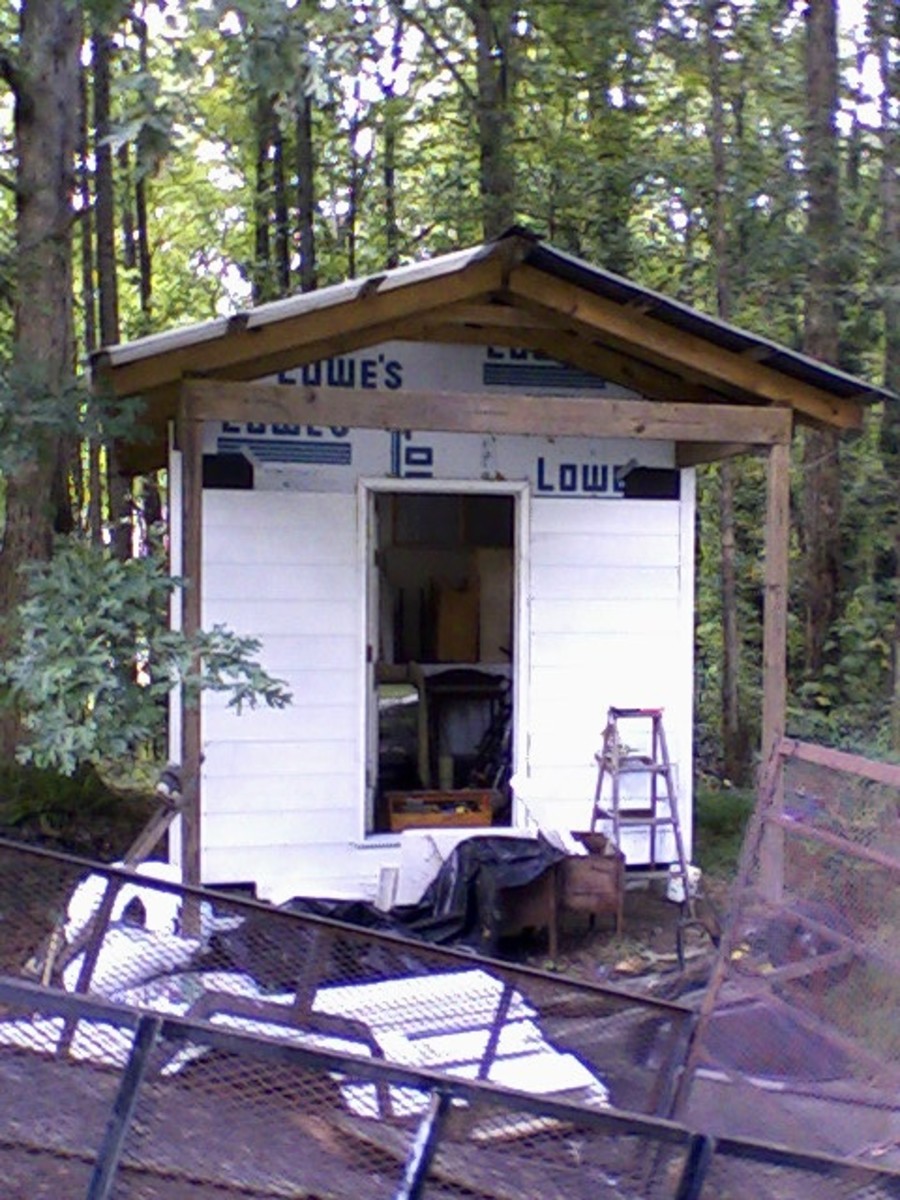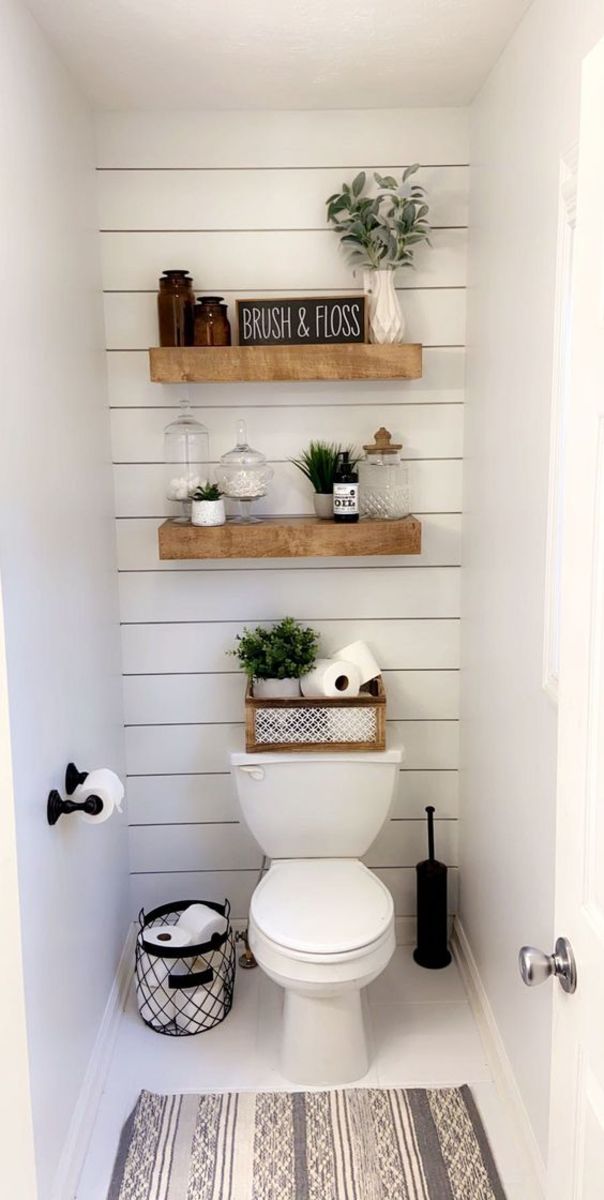How to Stop House Basement Water Seepage
Correct Site Drainage

Stopping water seepage into a basement may be possible. There are some things that can be done to try to eliminate the water from entering the basement. Dealing with a wet basement can be difficult since a dark cool basement can often lead to mold issues. A basement is a good place for storage since the temperature in a basement stays somewhat constant throughout the year. This is not the case, if water and mold are present. The water can result in a great deal of expense from property damage, repair, and possible health issues. Try following the steps of this article to identify and eliminate water seepage into a basement.
Step 1. Inspect the gutters and downspouts around the roof of the entire house. Drainage should flow freely into the gutters, down the downspouts and away from the perimeter of the house. If gutters are clogged, it will cause water to overflow resulting in large amounts of water to possibly be absorbed in the ground near the house. Downspouts should also be kept clear of debris. Use a hose or high pressure water to wash out the gutters and downspouts.
It is recommended to extend the downspout water exit points at least 4’ to 8’ away from the perimeter of the house. This can be done by getting downspout extensions or by adding a flexible non-perforated plastic pipe to the end of the existing downspout. The majority of homes with water seepage in the basement do not have long enough downspouts.
Step 2. Check the grading around the perimeter of the house. The grading should allow water to flow away from the house in every direction a minimum of 25 feet. The overall grading of the home site should promote drainage to flow towards the street, ditches, or open water storage areas such as a pond, lake, river, or stream. A good rule of thumb to use for grade is at least 1/4” fall per foot (2%). Provide a steeper grade if the site allows. Use a smart level or a string line with an inexpensive line bubble level (about $2) to verify the slope.
Step 3. Provide a low permeability clay on the top 6” of the ground around the perimeter of the house. This type of clay resembles modeling clay and is known technically as fat clay or A-7-6 soil. The clay will help to allow the water to run off away from the building instead of being able to seep into the ground and into the basement.

Step 4. Look for open sources of surface water near the basement. Water that is allowed to pond near the home has the potential to become ground water and travel the path of least resistance to a lower point. The path of least resistance would likely be the basement. Determine if any of the areas that allow water to pond can be filled in or diverted with ditches or underground drainage away from the building.
Step 5. Investigate underground water. Well logs and drilling records can be looked at to see where the normal ground water elevation is located. Check with your State department of natural resources or the department that approved septic systems and ask for well records near your home. Also contact the city or county engineer’s office to find out what they know about groundwater in your area. Also look at storm sewer pipes, septic lines, sewer lines, and water lines. Try to see if the seepage that is entering the basement is water or waste water. Sometimes underground lines develop leaks and can cause leakage into a nearby basement. Dye can be put into the lines to see if it is the water that is entering the basement.
Step 6. Install a perimeter drain around the basement walls with a sump pump. Try the other steps first. If they do not resolve the issue you will have to install a drainage system around the outside of the basement. This step can be expensive, but will solve the issue unless the house was built in an area with a constant ground water elevation above the floor elevation of the basement. The drainage will then lead to a sump pump that can be used to mechanically pump the water away from the basement walls.





